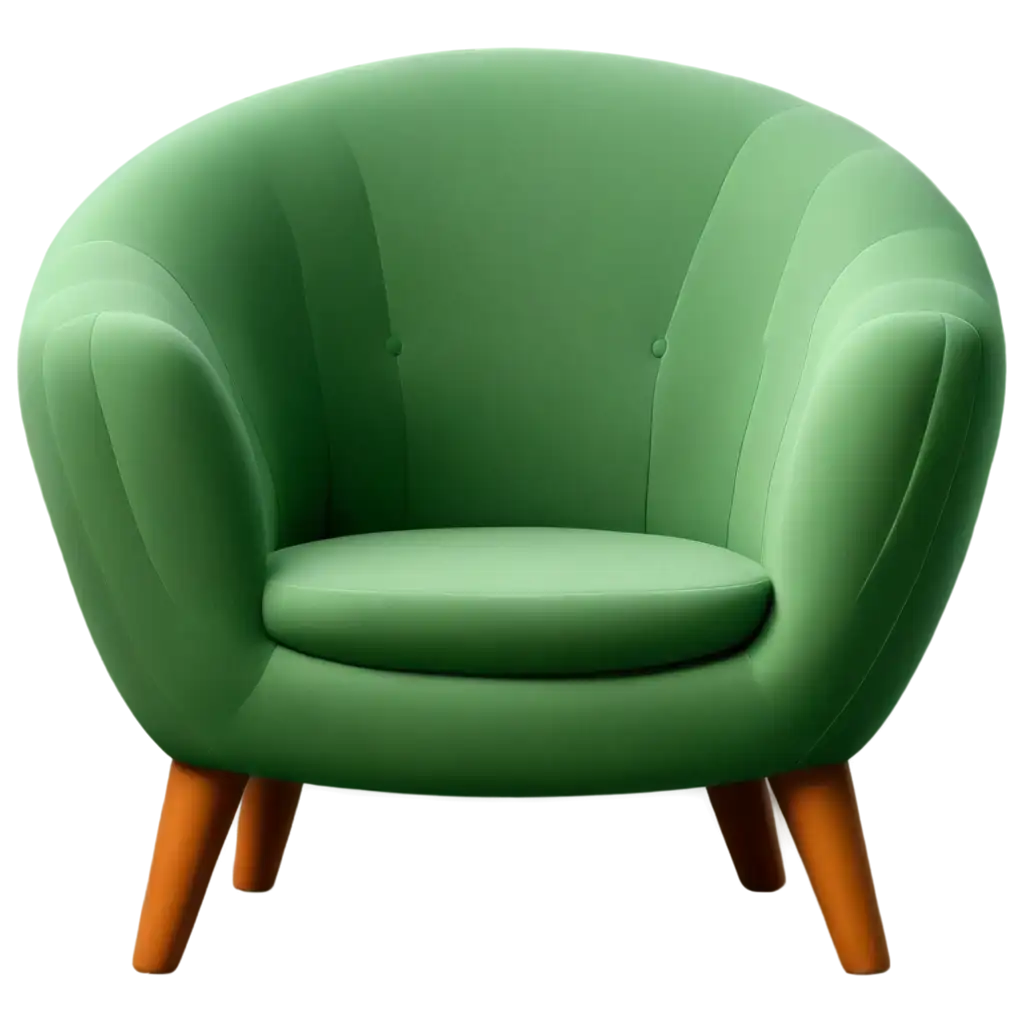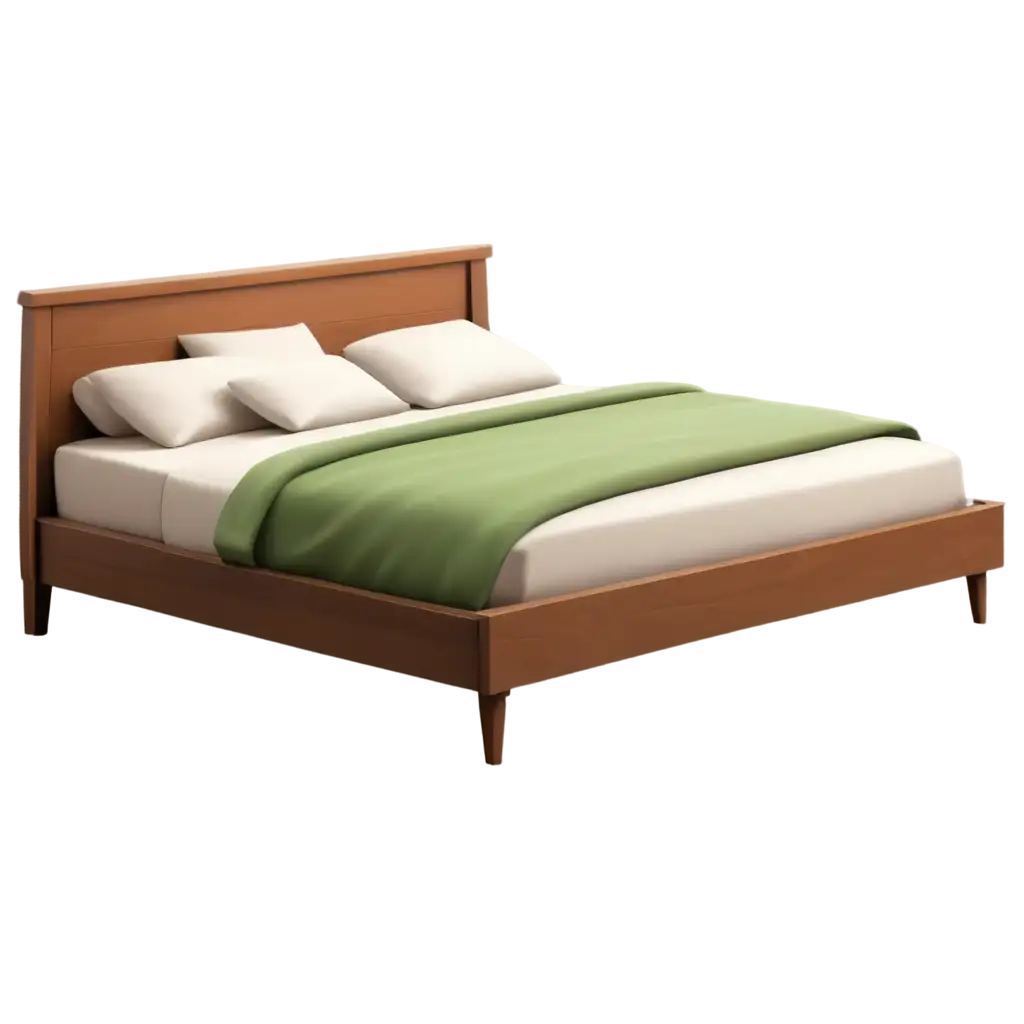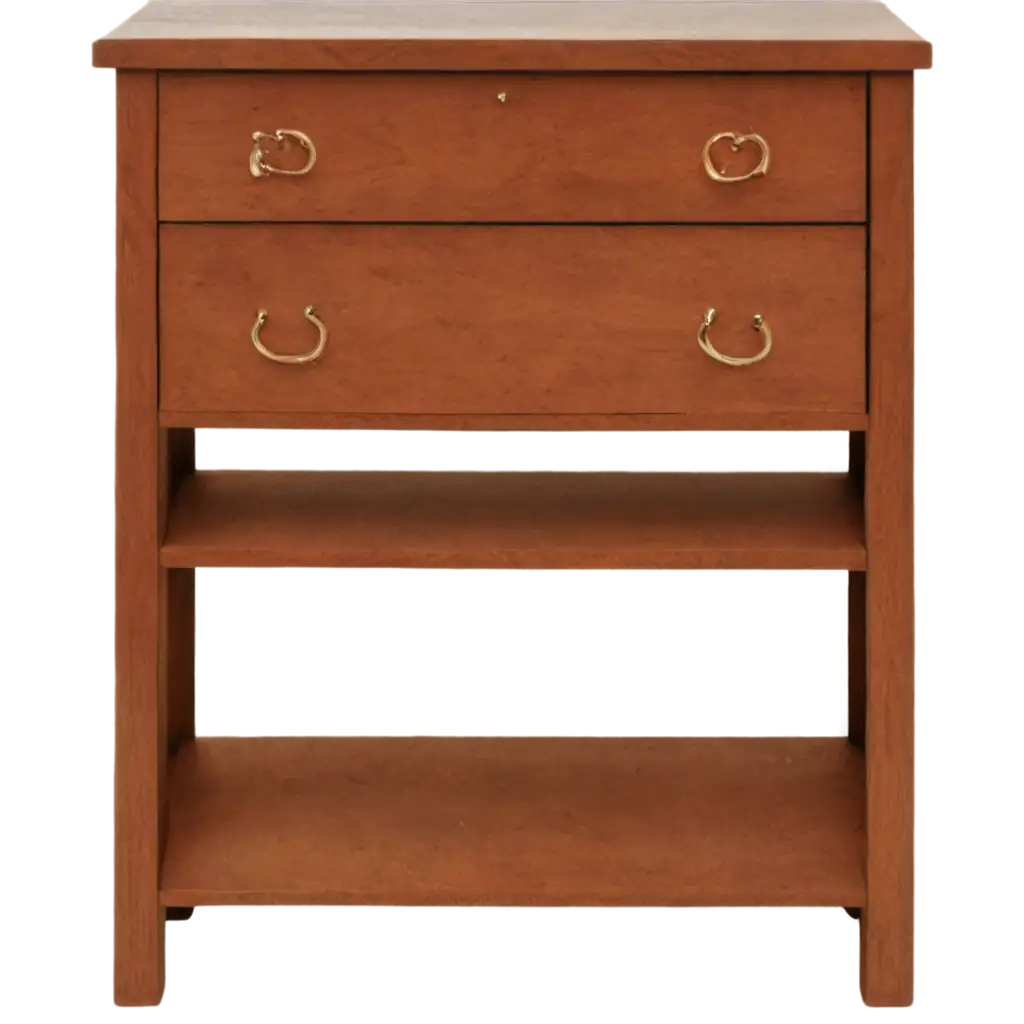5 Free Imaginary Furniture transparent PNG images
Welcome to our Imaginary Furniture collection, featuring 5 free AI-generated images. Dive into a world of fantastical furnishings through a diverse array of stock photos, 3D objects, vectors, and illustrations. Enjoy high-resolution downloads and use our 'open in editor' feature to customize prompts for your perfect imaginary furniture piece.





Related Tags
Imaginary Furniture represents a unique blend of creativity and design, pushing the boundaries of conventional furniture concepts. This genre encompasses furniture designs that defy reality, incorporating elements of fantasy, science fiction, or surrealism. These pieces often feature impossible shapes, magical properties, or futuristic technologies that challenge our perception of what furniture can be. From floating chairs to shape-shifting tables, Imaginary Furniture invites us to reimagine the possibilities of interior design and functional art.
Defining Imaginary Furniture: Where Fantasy Meets Function
Imaginary Furniture spans a wide range of styles and categories, each offering a unique perspective on fantastical design. Some popular styles include: 1. Surrealist Furniture: Inspired by the surrealist art movement, these pieces often feature unexpected juxtapositions and dreamlike qualities. 2. Futuristic Furniture: Drawing from science fiction, this category includes designs with advanced technologies or materials not yet available. 3. Whimsical Furniture: Playful and often cartoon-like, these pieces bring a sense of joy and wonder to interior spaces. 4. Biomimetic Fantasy: Furniture inspired by imaginary creatures or fantastical interpretations of nature. 5. Dimensional Anomalies: Pieces that play with space and dimension, seeming to defy the laws of physics. Each style offers unique opportunities for artists and designers to explore creativity beyond the constraints of traditional furniture design.
Styles and Categories of Imaginary Furniture
While Imaginary Furniture may seem purely conceptual, it has found applications in various fields: 1. Entertainment Industry: Film, television, and video game productions often use imaginary furniture designs to create immersive fantasy or sci-fi environments. 2. Concept Art: Artists and designers use imaginary furniture to push creative boundaries and inspire new directions in product design. 3. Virtual Reality: VR developers incorporate fantastical furniture designs to enhance user experiences in virtual worlds. 4. Architectural Visualization: Imaginary furniture can be used to create eye-catching renders and presentations for futuristic or conceptual architectural projects. 5. Education: Design schools may use imaginary furniture concepts to encourage students to think beyond conventional constraints and foster innovation. 6. Marketing and Advertising: Brands might use surreal or fantastical furniture designs in campaigns to capture attention and convey creativity. These applications demonstrate how Imaginary Furniture, while not physically realizable, can have a tangible impact on various creative and professional fields.
Applications of Imaginary Furniture in Various Fields
When using AI to generate Imaginary Furniture designs, consider the following tips: 1. Combine Unexpected Elements: Mix features from different objects or creatures to create unique furniture pieces. 2. Play with Physics: Experiment with gravity-defying designs or impossible structures. 3. Incorporate Magical Properties: Add fantastical features like self-transformation or environmental responsiveness. 4. Explore Unusual Materials: Imagine furniture made from ethereal substances or living organisms. 5. Consider Function: While imaginative, try to maintain a sense of purpose or functionality in the design. 6. Use Descriptive Prompts: Be specific in your AI prompts, describing shapes, colors, textures, and fantastical elements. 7. Iterate and Refine: Use the 'open in editor' feature to adjust your prompts and fine-tune your imaginary furniture designs. Remember, the key to creating compelling Imaginary Furniture is to balance creativity with a hint of plausibility, allowing viewers to imagine these fantastic pieces in their own spaces.
Creating Imaginary Furniture: Tips for AI-Generated Designs